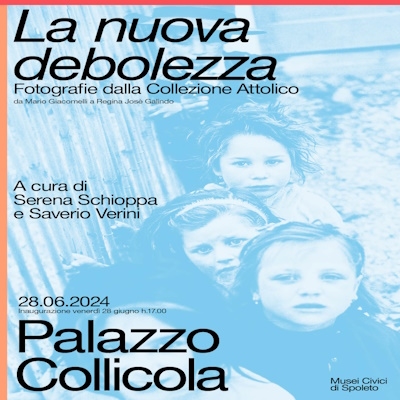Located in southeastern Umbria, Spoleto is one of the region's most fascinating art towns. Its wealth of history, varied cultural heritage and important arts events make it one of the tourist destinations most highly esteemed by visitors.
HISTORY
An important fortified Umbrian settlement, Spoleto became a Roman colony and later a municipium (90 BC). After the fall of the Roman empire, it was taken over first by Theodoric, king of the Visigoths, and then by the Byzantine Belisarius. Seized by Totila, it was rebuilt by the Byzantine general Narses. In the early Middle Ages, it became the capital of the Lombard Duchy of Spoleto. In 1155 Spoleto was conquered and destroyed by Frederick Barbarossa, and after a series of conflicts between the Guelfs and the Ghibellines it was conquered again by Cardinal Albornoz, who secured it for the papacy and made it an important town in the Papal States. Apart from the brief period under Napoleon, the papal rule continued unbroken until Spoleto joined the new Italian State.
ART, CULTURE, ENVIRONMENT
The historic center has maintained its medieval appearance, although traces of its Roman heritage are still visible. Spoleto's most ancient monuments are the Arch of Drusus and Germanicus, a Roman arch that led into the forum (now Piazza del Mercato), near the Romanesque Church of Sant'Ansano, the Roman theater, and the Basilica of San Salvatore, an interesting early Christian monument that goes back to the 4th-5th century. Not far away from the 13th-century Church of San Gregorio Maggiore, characterized by its suggestive apse area and the raised presbytery, are the triple-spanned Roman Bridge (or Ponte Sanguinario) made from blocks of travertine and the Amphitheater from the 2nd century AD. The town's greatest monument is the Duomo (Cathedral). Built in the Romanesque style in the 12th century, it was subsequently modified with the addition of a Renaissance portico to the façade, which is decorated with a large Byzantine-style mosaic (1207). Inside are many excellent works of art, including a fresco of the Madonna and Saints by Pinturicchio, the bronze bust of Urban VIII by Bernini, and an extraordinary fresco cycle by Filippo Lippi. The 12th-century Church of Sant'Eufemia is an interesting Romanesque building whose apse faces the stairs leading to Piazza Duomo, the Church of SS. Giovanni e Paolo and the Church of San Ponziano. The Churches of San Domenico and San Nicolò and the Palazzo Comunale, or Town Hall, are instead from the 13th century. The Municipal Picture Gallery holds important works, including a Crucifix on canvas by an Umbrian artist (12th century), two frescoes by Spagna and a Mary Magdalene attributed to Guercino. Also of interest are the Church of San Paolo Inter Vineas (10th century), with an important cycle of 13th-century frescoes, and the Church of San Pietro, built in the 5th century, which has a splendid sculptured Romanesque façade decorated with exceptionally fine bas-reliefs.
There are beautiful, wide-open views of all of Spoleto from the area in front of San Pietro, taking in also the mighty Ponte delle Torri, a bridge 80 meters high and 230 meters long supported by ten pointed arches. An ancient Roman aqueduct rebuilt in the 1300s, it links the Rocca Albornoziana, a fortress Cardinal Egidio Albornoz had built starting in 1352 to a design by Matteo Gattaponi, to the slopes of the mountain, Monteluco, overlooking the town. This area of pristine nature has a wood considered sacred by the anchorites who settled here starting in the 7th century and later founded the Convent of San Francesco (1218) and the Church of San Giuliano. Returning to the town proper, deserving of a visit are the Palazzo Collicola, which houses the Municipal Modern Art Gallery, the Archbishop's Palace (Diocesan Museum), Palazzo Racani-Arroni, seat of the Italian Center for Early Medieval Studies, the Teatro Nuovo (1854-64) built on the site of the ancient Roman baths, the Teatro Caio Melisso (1877-1880), the Archeological Museum in the former convent of Sant'Agata, the Diocesan Museum and the Roman house, built in the 1st century AD.
Near Spoleto, the "sacred wood" of Monteluco, densely grown with evergreen ilexes, is a beautiful natural and spiritual area. The noteworthy Villa Redenta is built over the remains of a Roman villa, with a beautiful park filled with ancient trees – cedars of Lebanon, ilexes and magnolias – among which the Spoleto nobles strolled in the 17th-19th centuries.

























